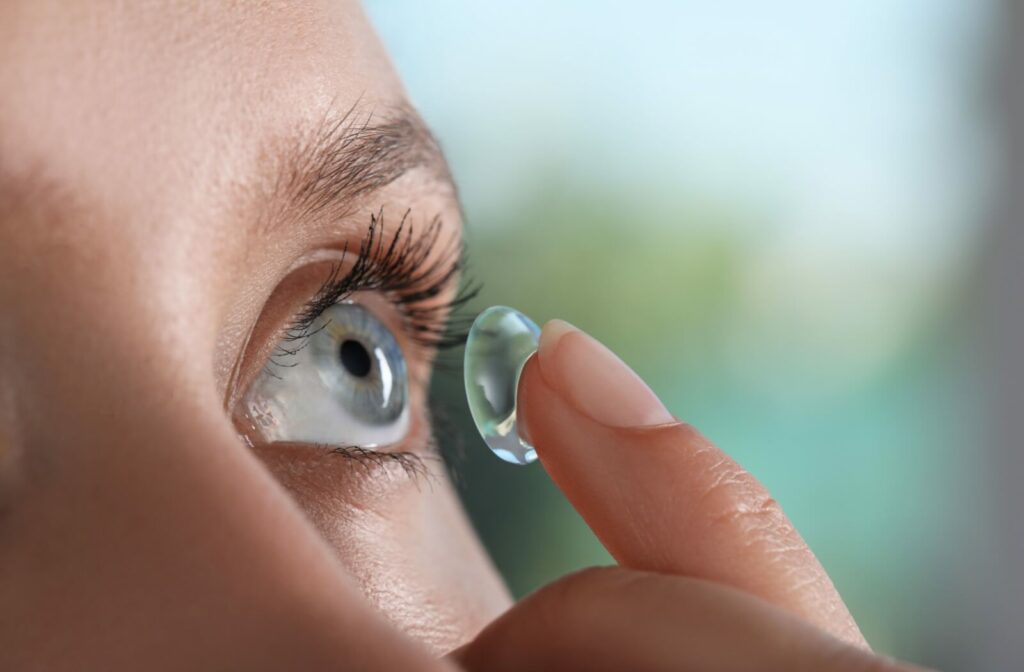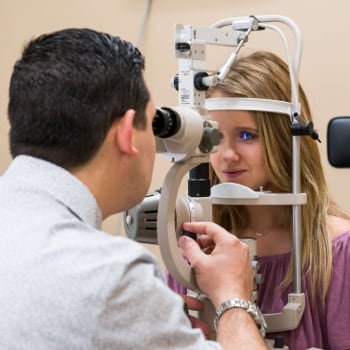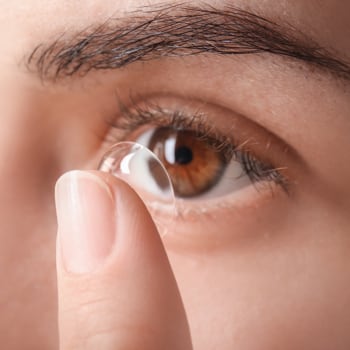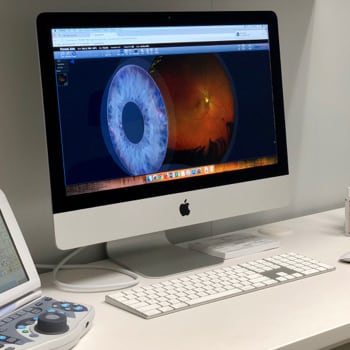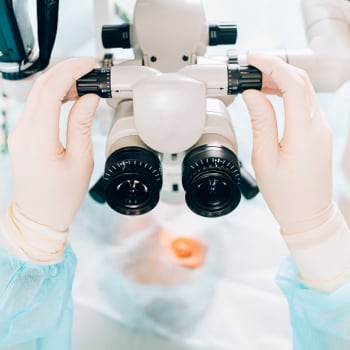Wearing contact lenses while managing dry eye can be tricky, especially when it comes to choosing and using eye drops. You can use dry eye drops with contacts as long as the drops are labeled as contact lens-compatible and free of potentially irritating preservatives.
The key is understanding which drops are safe for use with lenses, how to apply them properly, and how to maintain healthy eye habits.
Understanding How Dry Eye Affects Contact Lens Wear
Why Dry Eye Happens
Dry eye occurs when the eyes don’t produce enough tears, or when the tears evaporate too quickly. This condition can cause irritation, burning, and a gritty sensation. For contact lens wearers, dry eye may make lenses feel uncomfortable or cause them to shift or stick.
The Role of the Tear Film
The tear film helps keep contacts hydrated and comfortable. When it’s compromised, lenses can become dry and less stable. Some materials, especially traditional hydrogel lenses, may absorb moisture from the eye, worsening dryness. Materials like silicone hydrogel allow better oxygen flow and may help retain moisture longer.
Which Drops Are Safe to Use With Contacts?
Not All Drops Are Created Equal
Dry-eye drops come in many formulas, and not all are designed to be used with contact lenses. Some contain preservatives or chemicals that can adhere to the surface of the lens, causing irritation or cloudiness.
Look for Contact-Compatible Drops
Many over-the-counter rewetting drops are made specifically for use while wearing contacts. These are usually preservative-free and include gentle lubricants to keep lenses moist and eyes comfortable.
Ingredients to Look For
Some common ingredients in contact-safe eye drops include:
- Hyaluronic acid
- Glycerin
- Electrolytes
- Carboxymethylcellulose
These substances can support the tear film without damaging your lenses or irritating your eyes.
How to Use Drops While Wearing Lenses
Applying Drops Safely
Proper application is just as important as choosing the right drops. Follow these steps for safe and effective use:
- Wash your hands before touching your face or the dropper.
- Tilt your head back and gently pull your lower eyelid down.
- Apply the drop without letting the tip touch your eye or lens.
- Blink gently to spread the drop across the eye.
When to Apply Drops
You can use drops before inserting your lenses, during wear if dryness sets in, or after removing them at the end of the day. Some people find it helpful to use rewetting drops proactively, especially in dry environments or during long screen sessions.
Helpful Habits for Managing Dryness With Contacts
Dry eye and contacts don’t have to be mutually exclusive. Adopting good habits can support eye comfort throughout the day.
Simple Ways to Support Eye Hydration
- Stay hydrated by drinking plenty of water.
- Use a humidifier at home or in your workspace.
- Take regular screen breaks to encourage blinking.
- Avoid fans or other direct airflow into your eyes.
- Use daily disposable lenses when possible.
These changes may reduce tear evaporation and help your eyes stay comfortable while wearing contacts.
Contact Lens Materials & Dry Eye Relief
Not All Lenses Are Alike
The type of contact lens you wear can play a major role in dry eye comfort. Some lens materials are more breathable and retain moisture better than others. For example, silicone hydrogel lenses allow more oxygen to reach the cornea and typically cause less dryness than traditional hydrogel lenses.
Specialty Lenses for Dry Eye
For people with moderate to severe dry eye, specialty contacts may provide more consistent relief. These include:
- Daily disposable lenses, which reduce the buildup of deposits and allergens.
- Hybrid lenses, which combine a rigid center with a soft outer skirt for better comfort and stability.
An optometrist can help determine whether switching to a different lens material or specialty design would make contact lens wear more comfortable based on your eye health, lifestyle, and level of dryness.
When Drops Aren’t Enough
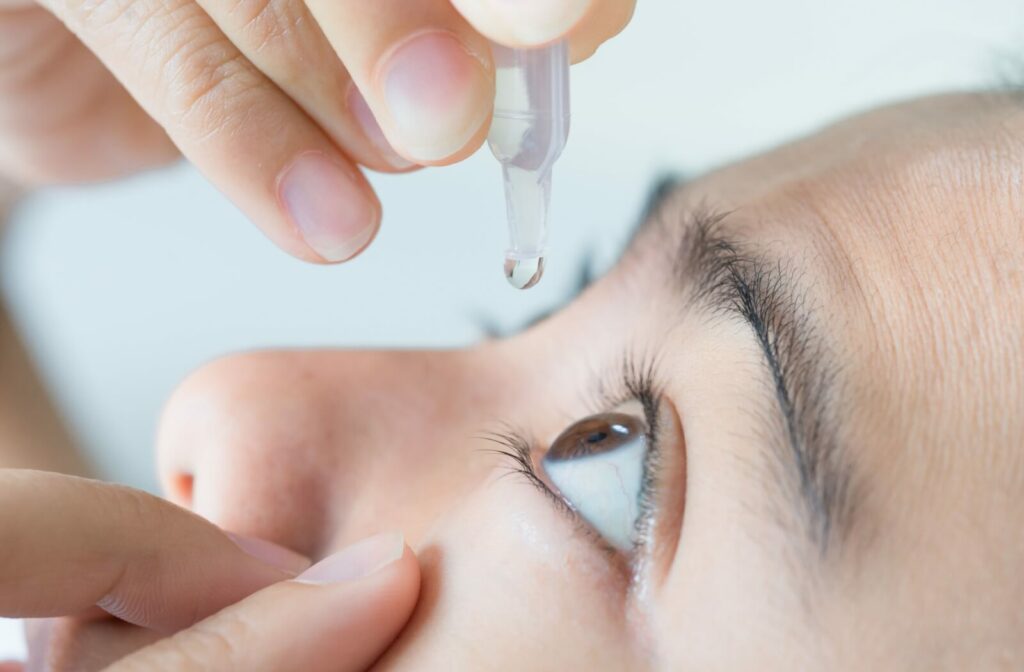
Signs to Watch For
If you experience persistent redness, blurred vision, burning, or sensitivity to light, eye drops alone may not be enough. Continued discomfort could indicate a need to reassess your lens type or treat an underlying issue.
Time to Take a Break
If dryness becomes too severe, it may be necessary to stop wearing contacts temporarily. Some conditions, like blepharitis or keratitis, require time to heal before lenses can be safely worn again.
Treatment Options for Ongoing Dryness
If over-the-counter drops and at-home strategies aren’t helping, your optometrist may recommend more targeted treatment.
In-Office Therapies
Dry eye evaluations may involve imaging tests like meibography to assess gland function or tear quality. Treatments can include:
- Prescription eye drops to increase tear production.
- Thermal therapies to unblock oil glands.
- Lid hygiene routines and in-office cleanings.
Dry Eye Drops Can Be Used With Contacts, If They’re the Right Kind
Wearing contacts with dry eye is possible when you use the right drops and support your eyes with healthy habits. Look for preservative-free, contact-safe formulas, and talk to your optometrist if symptoms don’t improve. Many people find relief through a combination of proper lens care, lifestyle changes, and medical support.
If you’re experiencing dry eye symptoms while wearing contacts, Great Hills Eye Care offers contact lens evaluations and dry eye therapy in a caring, efficient, and cutting-edge environment. Same-day appointments are available, and you’re welcome to purchase lenses or glasses wherever is most convenient for you; reach out today to get started.

